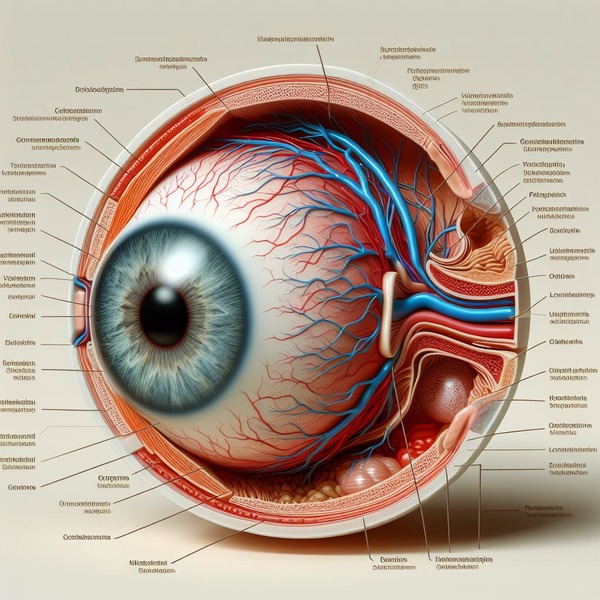What is Subconjunctival Haemorrhage?
A subconjunctival haemorrhage is a red patch on the inside of your eye caused by a ruptured blood vessel. Though it seems scary, it’s usually not harmful. There are numerous microscopic blood vessels in your conjunctiva, the transparent membrane that covers your eye. When blood becomes trapped behind this layer, it is referred to as subconjunctival. Because this blood does not enter the inner of your eye or the cornea, your eyesight is unaffected.
A subconjunctival haemorrhage resembles a bruise beneath the skin. You may not notice a subconjunctival haemorrhage until you look in the mirror and notice the white part of your eye is bright red. Source
Also, read Complete Guide on Diabetic Retinopathy: Causes, Symptoms and Treatment
Causes
These haemorrhages frequently occur when your blood pressure rises as a result of:
- Strong sneezing
- Straining
- Powerful coughing
- Vomiting
Some red spots are caused by an injury or disease, for instance:
- Roughly rubbing your eye
- Injury, such as getting something stuck in your eye
- Contact lenses
- Viral infection
- Surgery

Symptoms
A bright red patch on the white (sclera) of your eye is the most visible indicator of a subconjunctival haemorrhage.
Despite its bloody appearance, a subconjunctival haemorrhage does not cause any changes in your vision, discharge, or pain. Your only ailment may be a scratchy sensation on the surface of your eye. Source
Risk factors
Subconjunctival haemorrhage risk factors include:
- Diabetes
- High blood pressure (hypertension)
- Some blood-thinning drugs, such as aspirin and warfarin (Coumadin, Jantoven)
- Blood-clotting disorders
Diagnosis
Just by looking at your eye, your doctor can detect if you have a subconjunctival haemorrhage. They will inquire about your overall health, including any injuries. They may also take your blood pressure and examine your eyes attentively with a gadget known as a slit light.
A blood test may be required to ensure that you do not have a major bleeding issue. Source
Treatment
Treatment for subconjunctival haemorrhage is rarely required. If eye discomfort occurs, artificial tears (eye drops) can help relieve it. The majority of blood vessel ruptures heal within two weeks. Larger stains may take longer to fade. The colour of the area may alter as the blood clears, similar to a fading bruise.
If you suffer eye pain, see your eye care professional. This could be a sign of a more serious condition, such as a hyphema, or blood pooling in front of your iris (the coloured area of your eye).
If broken blood vessels form in your eyes regularly, your provider or eye care specialist may recommend testing to try to discover the underlying cause. Subconjunctival haemorrhage can be exacerbated by blood coagulation disorders such as haemophilia or von Willebrand disease.
Diet
- Orange-coloured vegetables and fruits with vitamin A
- Fruits and veggies rich in Vitamin C
- Cold-water fish with omega-3 fatty acids
- Green leafy vegetables high in lutein and zeaxanthin
- Beans
Prevention
- If you have risk factors for subconjunctival hemorrhages, you can avoid bursting blood vessels by doing the following:
- Maintaining the cleanliness of your contact lenses.
- Wear appropriate protective eyewear during all sports, activities, and work.
- If you have a bleeding issue, consult with your doctor.
Also, Read Complete Guide on Glaucoma: Causes, Symptoms and Treatment





